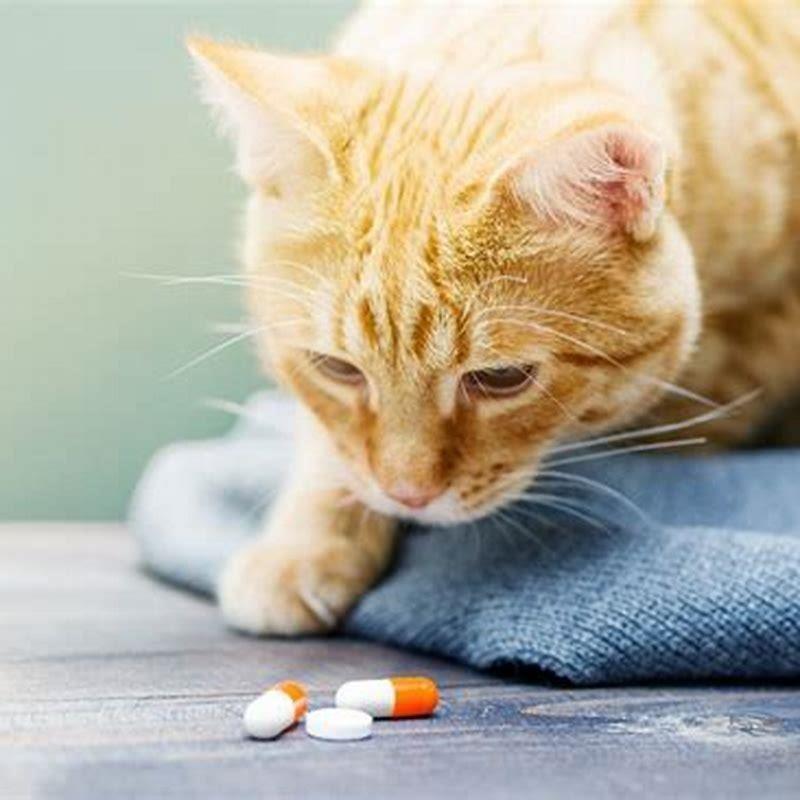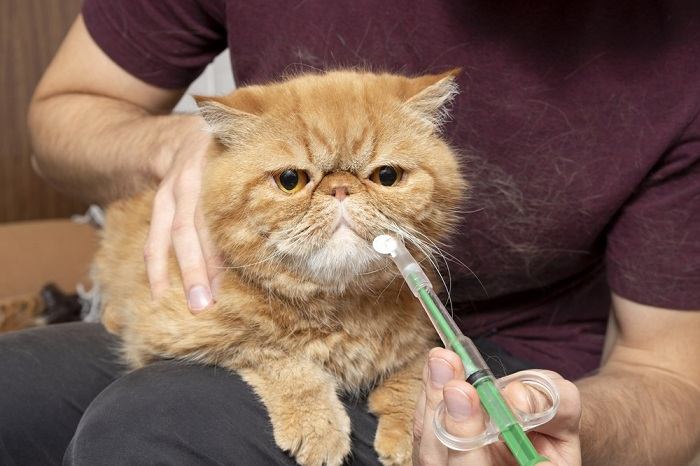What Do You Give A Cat For Pain

Watching a beloved cat suffer is a heart-wrenching experience for any pet owner. The instinct to alleviate their pain is immediate, but understanding the safe and effective ways to do so is crucial. Improperly medicating a cat can have severe, even fatal, consequences, highlighting the need for informed decision-making and professional veterinary guidance.
This article will delve into the complex landscape of pain management for cats. It will explore the types of pain cats experience, the medications veterinarians commonly prescribe, and the vital role of veterinary consultation. We will also address the dangers of using human medications on cats and explore alternative therapies, all with the aim of providing cat owners with the knowledge to make informed choices, always under the direction of a qualified veterinarian.
Understanding Pain in Cats
Cats, masters of disguise, often mask pain. This evolutionary adaptation helps them avoid appearing vulnerable to predators.
Subtle changes in behavior are often the first signs. These changes may include decreased activity, hiding more often, changes in appetite or grooming habits, or increased irritability.
There are two primary types of pain: acute and chronic. Acute pain is sudden and intense, often resulting from injury or surgery. Chronic pain is long-lasting and may be associated with conditions like arthritis or cancer.
Veterinary-Prescribed Pain Medications
The cornerstone of feline pain management is veterinary-prescribed medication. Never, under any circumstance, should you administer human pain medication to a cat without explicit instructions from a veterinarian. Many human medications, even over-the-counter drugs like acetaminophen (Tylenol) and ibuprofen (Advil), are toxic to cats.
Veterinarians have access to a range of safe and effective pain medications specifically formulated for cats. These medications fall into several categories, each with its own mechanism of action and potential side effects.
Non-Steroidal Anti-Inflammatory Drugs (NSAIDs): NSAIDs like robenacoxib (Onsior) and meloxicam (Metacam) are commonly prescribed to reduce inflammation and pain, especially in cases of osteoarthritis or post-surgical pain. It is important to note that potential side effects, such as gastrointestinal upset or kidney damage, can occur and require close monitoring by a veterinarian.
Opioids: Opioids, such as buprenorphine, are powerful pain relievers often used for moderate to severe pain, typically following surgery or in cases of cancer. Opioids require very careful dosing as side effects like sedation and respiratory depression are possible.
Other Medications: Gabapentin, an anti-seizure medication, is sometimes used to manage nerve pain. Amantadine, an antiviral drug, can also be helpful in managing chronic pain conditions by blocking pain signals.
The Importance of Veterinary Consultation
The most critical step in managing a cat's pain is consulting with a veterinarian. Self-diagnosing and medicating can be incredibly dangerous.
A veterinarian will conduct a thorough physical examination and may order diagnostic tests, such as blood work or X-rays, to determine the underlying cause of the pain. This accurate diagnosis is vital for selecting the appropriate treatment plan.
The veterinarian will then prescribe a pain medication, specifying the dosage, frequency, and duration of treatment. It's crucial to follow these instructions precisely. Open communication with your veterinarian about any concerns or side effects is vital to ensure the cat's comfort and safety. Regular check-ups and monitoring are essential during pain management.
Dangers of Human Medications
Administering human medication to cats is incredibly risky. Their physiology is different from humans, and they metabolize drugs differently.
Acetaminophen, a common pain reliever in humans, is extremely toxic to cats. Even a small dose can cause liver damage, red blood cell damage, and death. Ibuprofen and other NSAIDs designed for humans can cause severe gastrointestinal ulcers and kidney failure in cats.
Aspirin can also be toxic if not properly dosed and monitored by a veterinarian. Never guess or try to calculate a dosage for a cat based on human information.
Alternative Therapies
In addition to conventional medications, some alternative therapies can complement pain management in cats. These therapies are best used as adjuncts to, not replacements for, veterinary-prescribed medications.
Acupuncture, performed by a certified veterinary acupuncturist, can help relieve pain by stimulating the release of endorphins. Physical therapy, including gentle massage and range-of-motion exercises, can improve mobility and reduce muscle stiffness.
Nutraceuticals, such as glucosamine and chondroitin, may help support joint health in cats with arthritis. CBD oil is gaining popularity; however, more research is needed to fully understand its efficacy and safety in cats.
Before starting any alternative therapy, it's essential to discuss it with your veterinarian. They can help you determine if it's appropriate for your cat and provide guidance on finding a qualified practitioner.
Forward-Looking Conclusion
Managing pain in cats requires a collaborative approach between the pet owner and the veterinarian. Staying informed about feline pain management options and understanding the potential risks and benefits of each is important for all cat owners. Continuing research into new and innovative pain management strategies is continually offering new hope for improving the lives of cats suffering from pain.
By prioritizing veterinary consultation and adhering to prescribed treatment plans, cat owners can play a vital role in alleviating their beloved companions' suffering and enhancing their quality of life. Remember, your cat's well-being depends on your informed decisions and commitment to their care, always guided by the expertise of a qualified veterinarian.


















